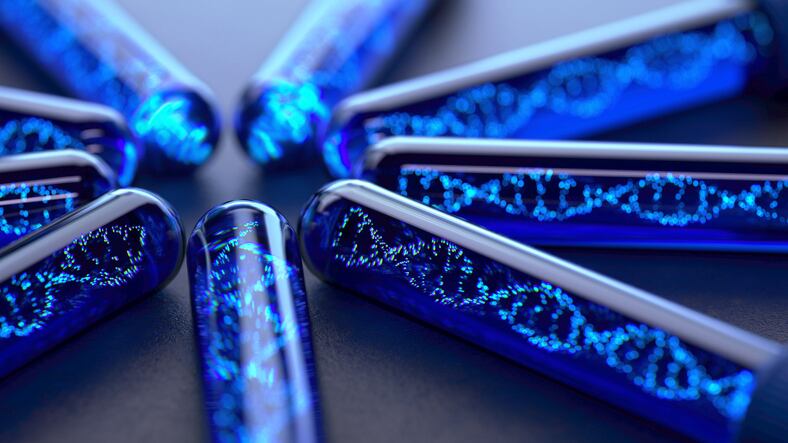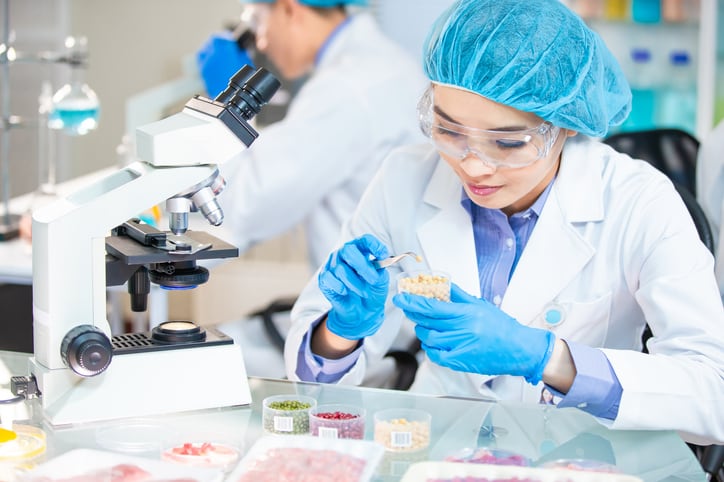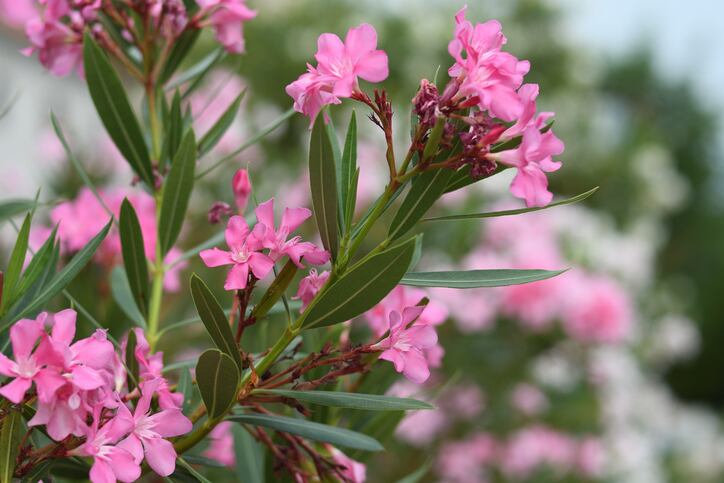The study was published online ahead of print in the journal Current Research in Food Science. The research was conducted by a team from Middle Tennessee State University, and built upon previous research done by the same team into ginseng, work that was published in 2019.
The researchers chose isolate a polysaccharide fraction of North American ginseng (Panax quinquefolius, referred to in the paper as NAG) as that had been identified in the previous research done by the team and by other researchers as the fraction of the plant responsible for its observed immunomodulatory effects. The other principle bioactive fractions of the plant, and the fractions most often used as marker chemicals, are the ginsenosides.
The researchers also chose to use an NAG cell suspension culture to produce the polysaccharide fraction used in the research, because in their view it offered better control over the extract’s properties than can be achieved through traditional extraction methods.
“Despite the therapeutic potential of plant polysaccharides, certain challenges such as standardization of polysaccharide-based nutraceuticals and proper quality control persist. Polysaccharides isolated from natural sources often contain variable chemical characteristics,” they wrote. “One of the ways to overcome the issues of standardization and LPS (bacterial lipopolysaccharides) contamination in botanical preparations is the use of plant tissue culture.”
Purified polysaccharide fraction shows immune health potential
In their 2019 study the researchers had identified a particular neutral arabinogalactan type II polysaccharide from NAG called AGC3 as the most promising candidate from an immunomodulatory standpoint. Using their previously elucidated cell suspension approach, the researchers isolated AGC3, which was then further described and characterized by a team at the Complex Carbohydrate Research Center (CCRC) at the University of Georgia.
The researchers examined the effects of AGC3 in lines of cultured murine macrophage and splenocyte cells. The researchers found the ingredient stimulated immune system activity via a couple of putative pathways.
“The acidic polysaccharide, AGC3, reported in this study predominantly contained immunomodulatory RGI-type pectins. AGC3 stimulated the production of several proinflammatory mediators such as TNF-α, IL-6 and NO in murine macrophages and splenocytes. Mechanism of action studies indicated the putative roles of NF-κB (p65/RelA) and MAPK (p38) signaling pathways in the immunostimulatory process,” they wrote.
“AGC3 has the potential to be formulated into a bioactive nutraceutical that can be used as an exogenous immunomodulator either by itself or in combination with other therapeutics,” they concluded.
Along with advantages come significant challenges
Consultant Steve Hanson, principal in the firm Grip Ideas, has had a number of years worth of experience in directing product development for a number of different companies, including a stint at Diana Plant Sciences, which was pursuing commercialization of a plant cell tissue culture approach for the production of dietary ingredients that would be bioidentical to those extracted from the plants themselves. He said while cell culture does have the purity and specificity advantages mentioned by the researchers, it has significant challenges when it comes to the scale up process.
"This study demonstrates benefits of plant cell culture-derived ingredients in offering ingredient consistency and targeting select actives without the presence of unwanted compounds. A specific cell line is able to produce a standardized purity of actives each time and is not impacted by environmental factors. Therefore, you can produce a consistent level of polysaccharides without bacterial contamination resulting in undesirable lipopolysaccharides (LPS),” Hanson told NutraIngredients-USA.
"The challenge is being able to produce a commercially viable ingredient going from a lab-scale bioreactor to larger equipment able to produce the necessary volume of cells. Furthermore, in this study, further extraction methods are utilized on the cells which would need to be replicated in a commercial extraction process. Depending on volume goals, these infrastructure and operating costs may be higher when compared to utilizing traditional methods,” he added.
Source: Current Research in Food Science
https://doi.org/10.1016/j.crfs.2020.07.002
An acidic polysaccharide (AGC3) isolated from North American ginseng (Panax quinquefolius) suspension culture as a potential immunomodulatory nutraceutical
Authors: Ghosh R, et al.




